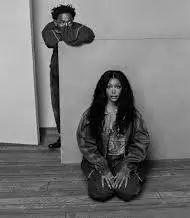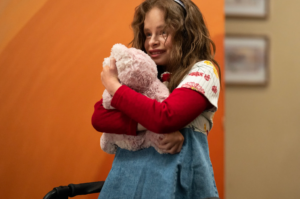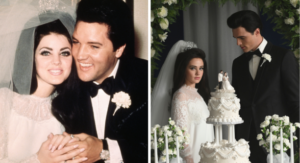By Birk Buchen
Greta Gerwig has proven herself as a masterful writer time and time again. ‘Lady Bird’ (2017), being one of the more break out pieces in her career, showed that she can not only perform as an actress, but she could depict realism on the page.
To understand how Gerwig evolved into a well-known name in the industry, one must examine ‘Frances Ha’ which hit theatres in 2012.
Gerwig plays Frances, a lonesome college graduate that searches for love in a city that tests her ability to be a professional dancer. In her role as the protagonist, Gerwig introduces themes of human connection and modern escapism. With the help of Noah Baumbach, director and co-writer of the film, Gerwig is given the chance to depict life in the big apple as it really is.
With the whimsical nature of Gerwig’s dialogue and the experience of Baumbach’s work on other projects like ‘The Meyerowitz Stories’ (2017), a story told about Jewish culture in New York City, ‘Frances Ha’ becomes instantly applicable to a younger audience.
Frances bounces around the city, first living in a small Manhattan apartment with her best friend Sophie (Mickey Sumner). After Sophie decides to move in with a different friend living in Tribeca, the glory of New York real estate, Frances is left in the dust to focus on her unstable dancing career and the search for a new apartment.
Our protagonist soon finds herself rooming with two men, Lev (Adam Driver) and Benji (Michael Zegan). As she struggles to pay rent and watches her new roommates’ success in a creative industry, Frances continues to hold onto the connection she held with Sophie.
While Sophie is getting engaged and traveling around the world, Frances visits her parents and even decides to work as an RA back at her old college. A symbolic curtain is drawn to contrast the lives of the two former best friends. Although they still have time call one another, nothing compares to the opening scenes of the film when Frances and Sophia are living in harmony together.
It only makes sense that fate would consistently bring them back together during certain slim moments in the feature. Although, the true culmination of this connection could only be seen in the final moments of the film when Frances finally manages to choreograph her own dance show after failing to become a professional dancer herself. Sophie and the many other characters we met throughout the story sit in the audience and watch as Frances is finally given an opportunity to prove herself.
What was once a tale of generational struggle, this story now turns into one of redemption and eternal love. Sam Levy, the cinematographer who would go on to help Gerwig craft ‘Lady Bird’, maintains this hidden allusion through a classical black noir color scheme.
This new form of cinematography works well with the writing as it allows the audience to easily draw back to pivotal quotes and scenes throughout the film that led up to its epic finale.
I would recommend ‘Frances Ha’ to anyone that has a Netflix account and also to anyone who relates to looking across a room and catching the eyes of a significant other.










Be First to Comment